How to move furniture safely
Having a plan of what order you’re going to move your furniture in, and where you’re going to move it to, will make everything go smoother. Here are a few of our tips to get you started:
Measure first
Before you start moving your furniture, grab your tape measure and check doorframes and tight turnings along the route. The last thing you want to do is carry a heavy chest of drawers up a flight of stairs only to find out it’s too big for the space!
Ask for help
Don’t try and move heavy or bulky pieces on your own or you could end up hurting yourself. At least two people to lift something big is great; a third person providing extra support and a fourth person directing the movers is even better.
Be careful
Walk the route before you move your furniture. Remove any obstructions in your path and be aware of any steps or uneven surfaces you need to navigate. Go slow and steady, and if you need to take a break, put the furniture down gently and reset before you try again.
Empty everything out
It sounds obvious, but make sure you empty everything out of wardrobes, drawers, trunks, and cupboards before moving them. Take out any drawers and securely tape up any doors to stop them coming open during moving.
Lift and pivot
Whatever you do, don’t drag your furniture! This could scuff, scratch, and dent your smooth floors, or even rip your carpet. If you’re able to lift the item, this will minimise any stress on your floor. Remember to use the proper lifting technique: keep your back straight and bend at knees to avoid hurting yourself. If the furniture is too heavy for you to carry, then read on to find out what equipment you can use instead.
Check the weather
If you’re bringing in furniture from a removal van outside, then keep an eye on the weather. Rain or snow will require you to take extra care. Make sure you wipe your feet on the doormat when you come inside. If there’s opportunity, wear shoe covers or swap to clean indoor shoes that still provide grip and support. Plastic boards or adhesive film are both great for protecting your floors from water and wet mud (more on that later), but you should always wipe up water immediately to avoid any slips or trips.
Clean before and after
Before you move any furniture, make sure there’s no debris underneath or nearby that could get caught on your shoes and dragged through the house. A quick vacuum should do the trick. After all the furniture has been moved to its new location, sweep and lightly mop smooth floors to pick up any last bits, and give carpets another vacuum.












































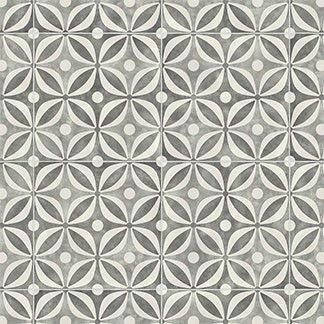
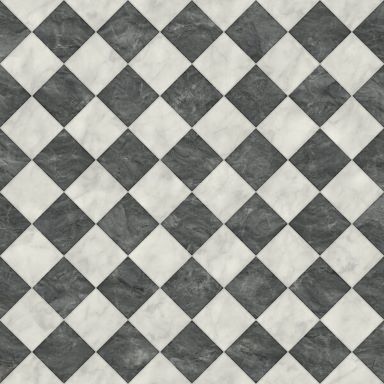

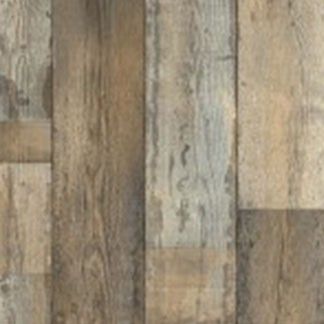











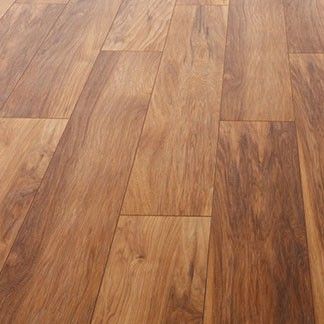
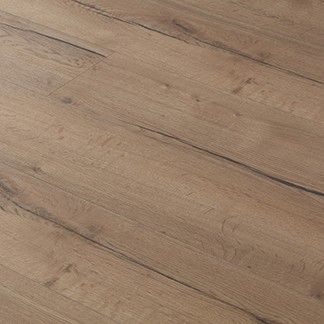

















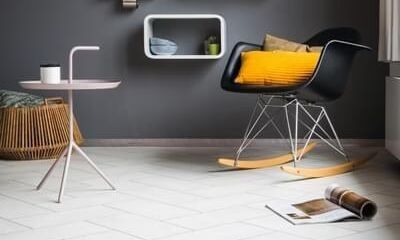
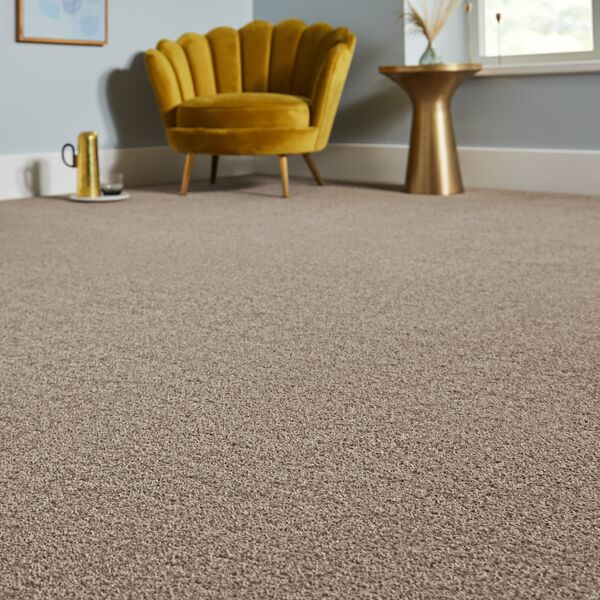
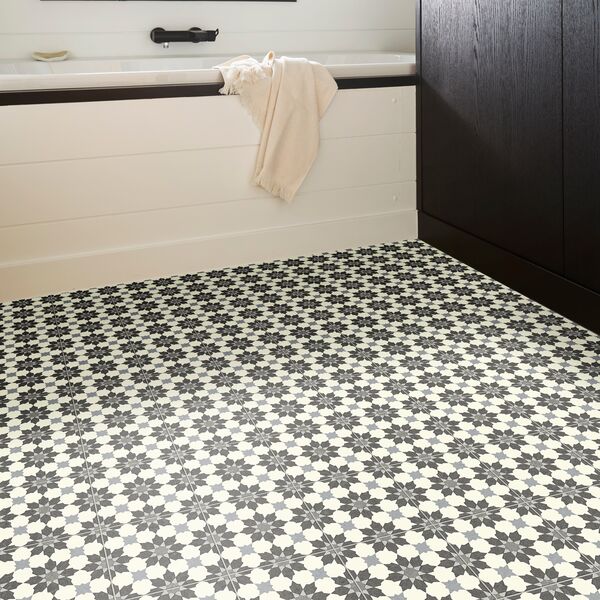
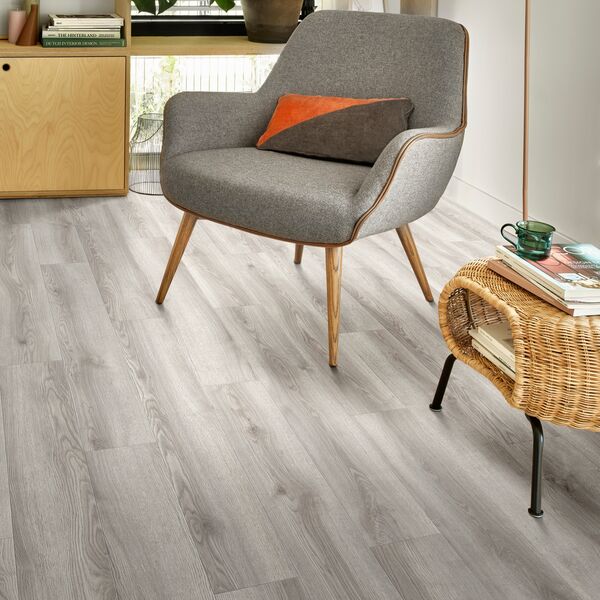

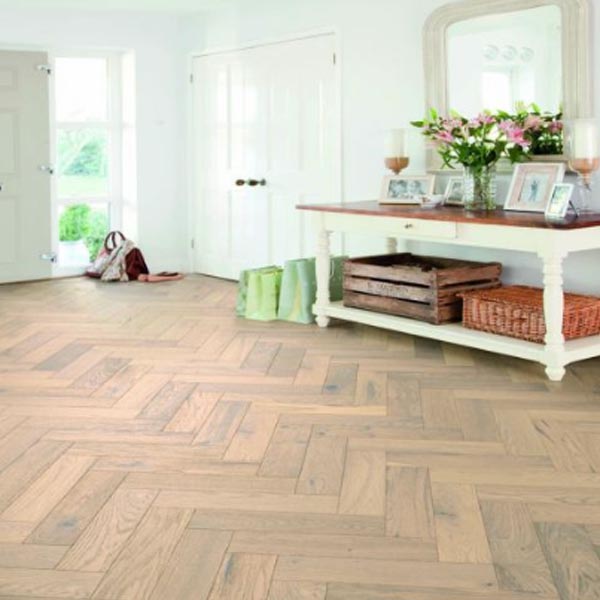


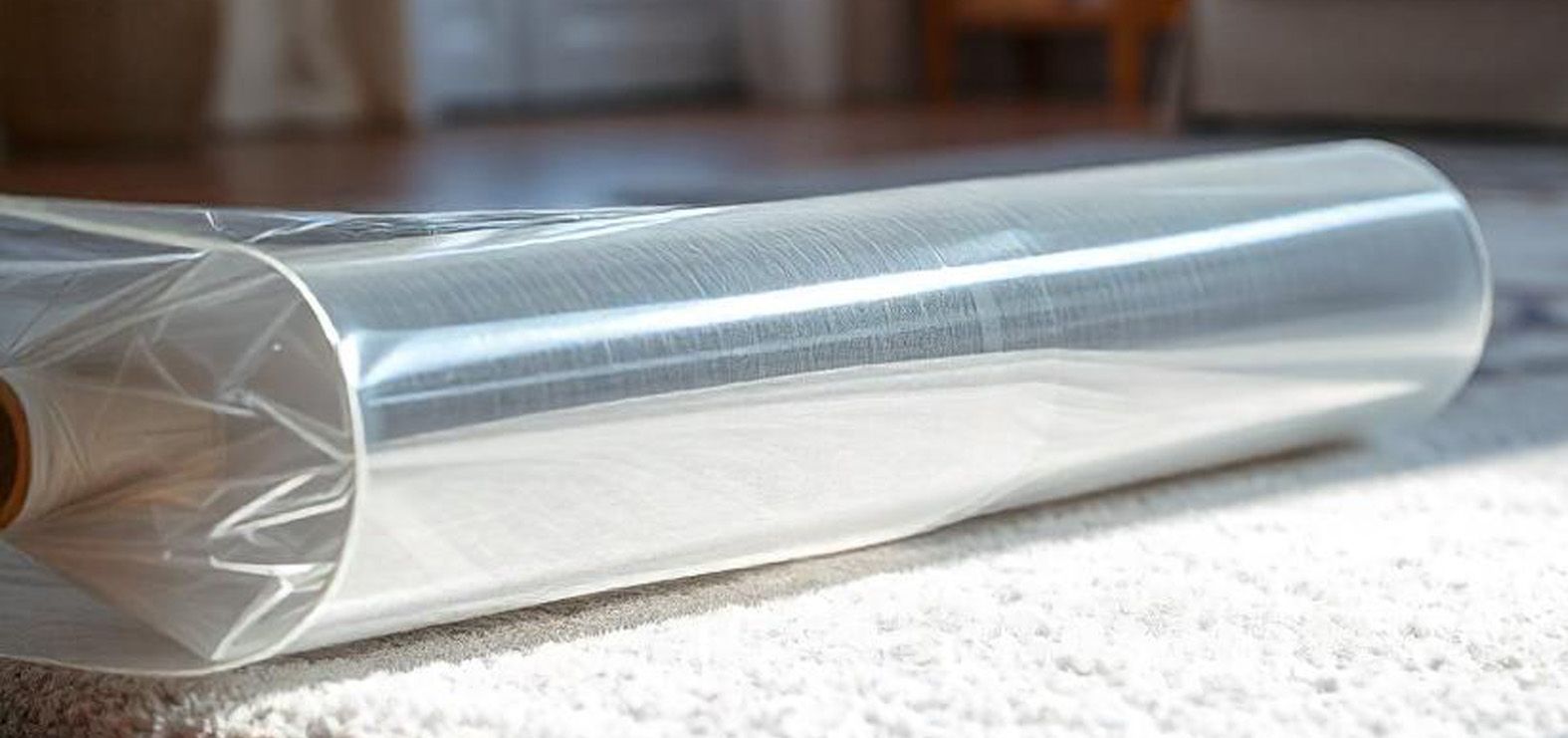
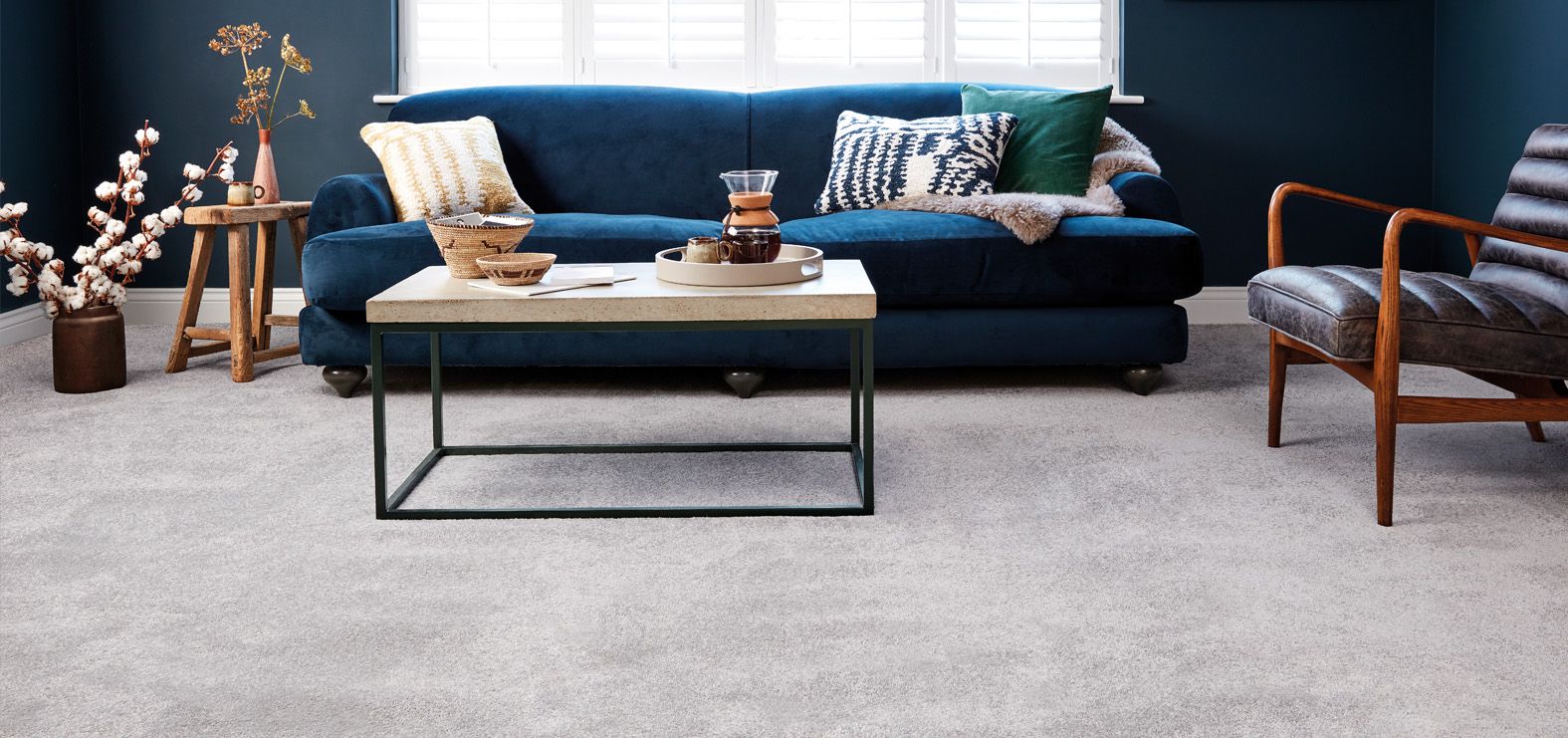
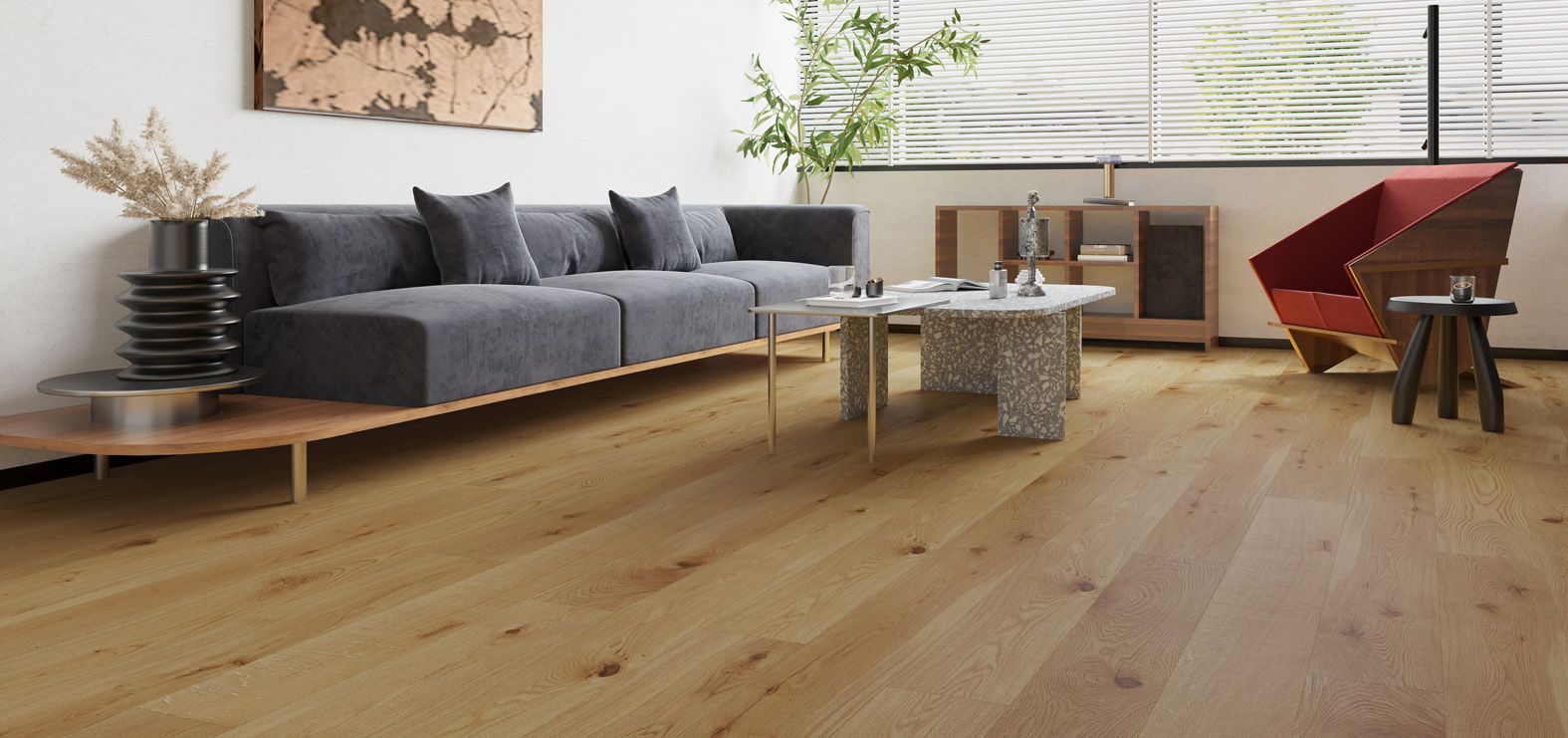

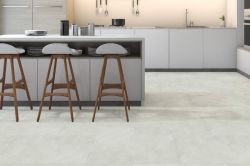




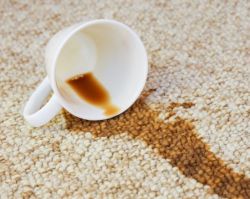





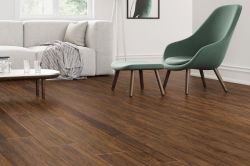



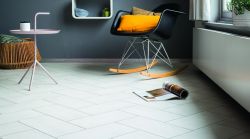




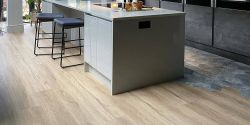


-250.jpg)
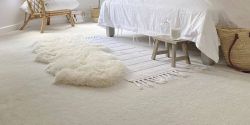

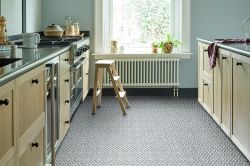
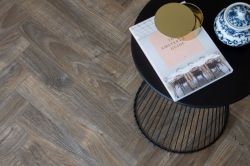

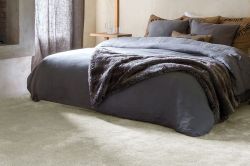

-250.jpg)
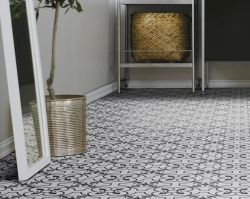

-250.jpg)
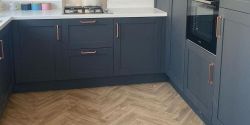
 copy-250.jpg)

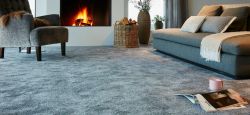






-250.jpg)
 - Article Image (not header)-250.jpg)
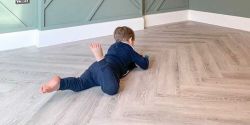
-250.jpg)

-250.jpg)







